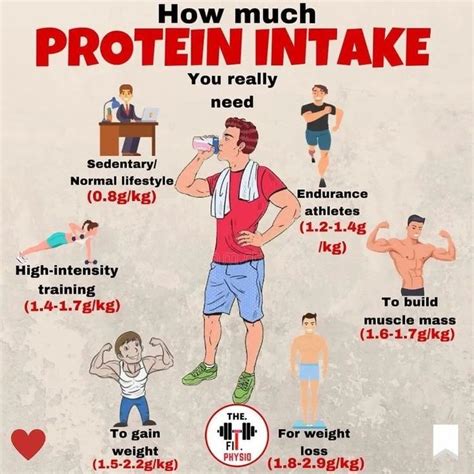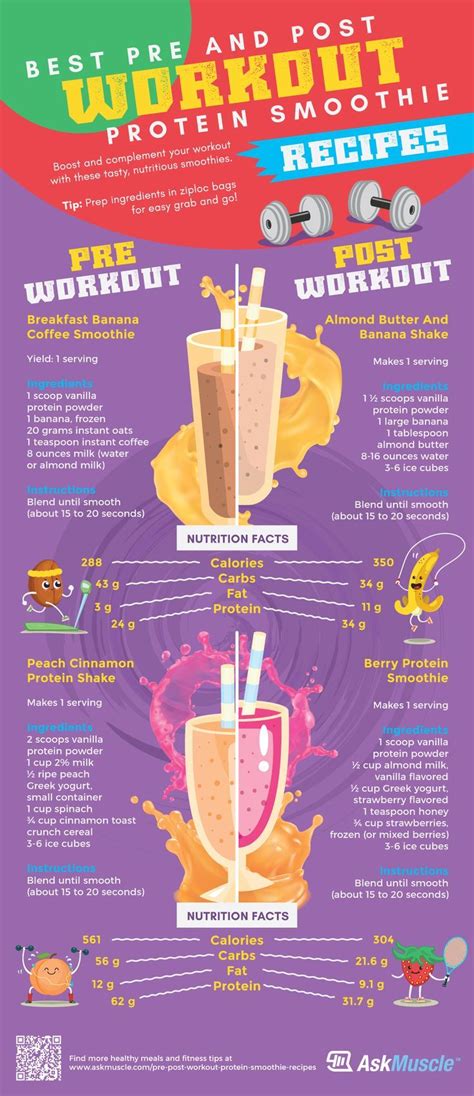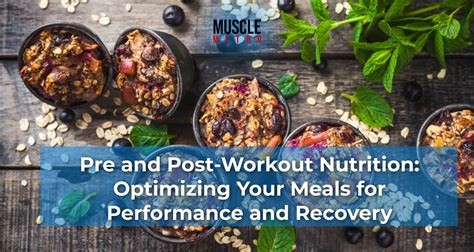How to optimize daily protein intake for peak muscle recovery and strength?

The Crucial Role of Protein in Muscle Health
For anyone serious about building muscle, enhancing strength, or accelerating recovery from intense workouts, protein is an undisputed cornerstone of their nutritional strategy. Far from being just a macronutrient, protein is the fundamental building block for muscle tissue, enzymes, hormones, and nearly every cell in your body. When you train, your muscles undergo microscopic damage, and it’s protein that steps in to repair, rebuild, and even strengthen them beyond their previous state – a process known as muscle protein synthesis (MPS).
However, simply consuming ‘more protein’ isn’t always enough. True optimization involves a deeper understanding of how much, what kind, and when to consume protein to unlock peak muscle recovery and strength gains. This guide will walk you through the science-backed strategies to fine-tune your daily protein intake.

Determining Your Optimal Protein Needs
The age-old question, “How much protein do I need?” has a nuanced answer. While the Recommended Dietary Allowance (RDA) for protein is 0.8 grams per kilogram (g/kg) of body weight for sedentary adults, this amount is often insufficient for active individuals, especially those engaged in resistance training.
- For Muscle Growth and Strength: Research consistently suggests that athletes and active individuals aiming for muscle hypertrophy and strength gains should target a daily intake between 1.6 to 2.2 g/kg (0.7 to 1.0 g/lb) of body weight.
- During Calorie Deficit: If you’re in a calorie deficit to lose fat, increasing protein intake towards the higher end of this range (e.g., 2.0-2.4 g/kg) can be beneficial to preserve lean muscle mass.
- Individual Factors: Age, training intensity, type of activity, and overall health status can all influence your precise needs. Older adults, for instance, may benefit from higher protein intakes due to anabolic resistance.
It’s important to track your current intake for a few days to establish a baseline before making adjustments. Tools like food tracking apps can be incredibly helpful here.

The Importance of Protein Timing and Distribution
While total daily protein intake is paramount, how you distribute that protein throughout the day can also play a significant role in maximizing MPS.
- The “Anabolic Window”: While the strict, immediate post-workout “anabolic window” theory has been largely debunked as overly rigid, consuming protein within a few hours before and after training is still a smart strategy. This ensures amino acids are readily available to initiate repair and growth.
- Even Distribution: Aim to consume roughly 20-40 grams of protein per meal, spread across 3-5 meals or snacks throughout the day. This approach helps to continuously stimulate MPS, rather than relying on one or two large protein dumps.
- Pre-Sleep Protein: A dose of slow-digesting protein, like casein (found in dairy), before bed can provide a sustained release of amino acids overnight, potentially aiding in recovery and reducing muscle protein breakdown while you sleep.

Prioritizing Quality: Types of Protein
Not all protein sources are created equal. The quality of protein refers to its amino acid profile, particularly its content of essential amino acids (EAAs), which your body cannot produce on its own. Leucine, one of the branched-chain amino acids (BCAAs), is particularly important for triggering MPS.
- Complete Proteins: These sources contain all nine essential amino acids in sufficient quantities. Examples include animal products like meat, poultry, fish, eggs, dairy, and certain plant-based options like soy and quinoa.
- Whey Protein: A fast-digesting dairy protein, rich in BCAAs, especially leucine, making it excellent for post-workout recovery.
- Casein Protein: Also from dairy, casein is a slow-digesting protein that provides a gradual release of amino acids, ideal for sustained release, such as before bedtime.
- Plant-Based Proteins: While many individual plant proteins (e.g., beans, lentils, nuts) are incomplete, combining various sources throughout the day (e.g., rice and beans) or using comprehensive plant-based protein powders can ensure a complete amino acid profile.

Practical Strategies for Daily Protein Optimization
Implementing these principles into your daily routine doesn’t have to be complicated. Here are some actionable tips:
- Plan Your Meals: Incorporate a protein source into every meal and snack. Think chicken breast with lunch, Greek yogurt for a snack, and salmon for dinner.
- Smart Snacking: Keep protein-rich snacks handy, such as hard-boiled eggs, cottage cheese, nuts, or protein bars.
- Leverage Supplements Wisely: While whole foods should always be your priority, protein powders (whey, casein, plant-based) can be convenient and effective for meeting daily targets, especially around workouts or when whole food options are limited.
- Hydration and Fiber: Ensure adequate water intake, as high protein diets can increase the body’s need for hydration. Also, remember to consume plenty of fiber from fruits, vegetables, and whole grains to support digestive health.
- Listen to Your Body: Pay attention to how your body responds. Adjust protein intake based on your energy levels, recovery rate, and performance.

Conclusion: Fueling Your Peak Performance
Optimizing your daily protein intake is a critical step towards unlocking your full potential in muscle recovery and strength development. By understanding your individual needs, focusing on consistent, evenly distributed intake of high-quality protein, and making smart food choices, you can effectively fuel your body’s repair and growth mechanisms. This strategic approach to nutrition will not only enhance your physical performance but also contribute to overall health and well-being, paving the way for sustained progress in your fitness journey.







